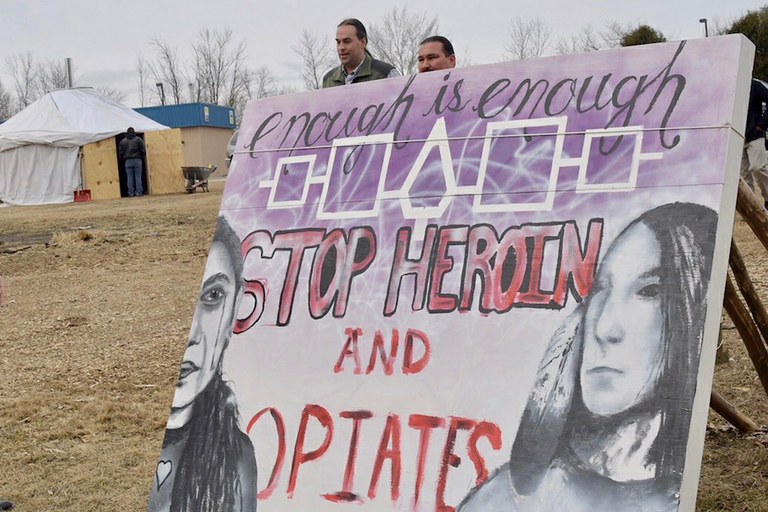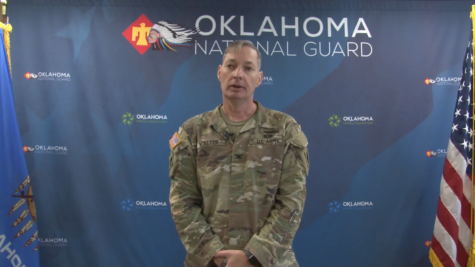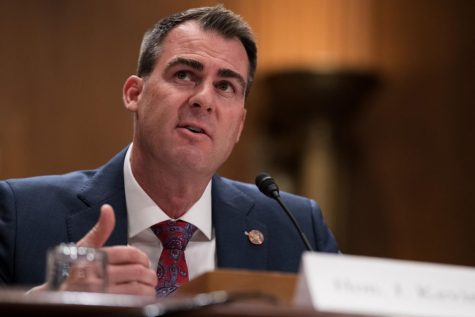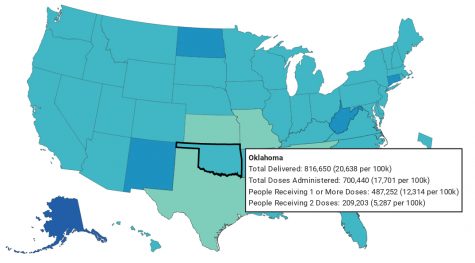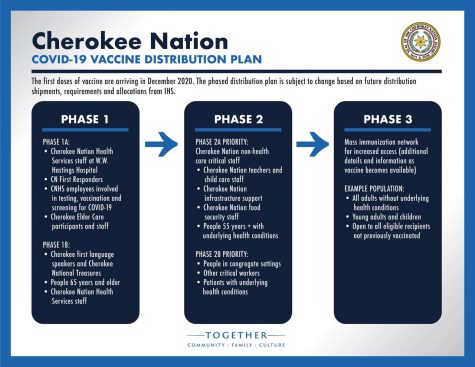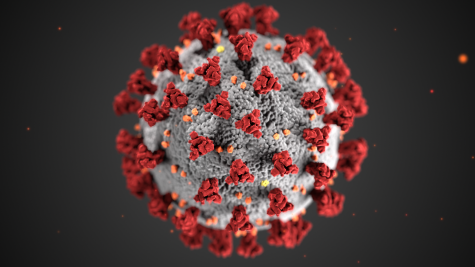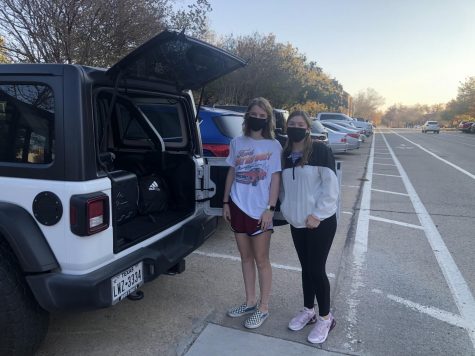Tribes seek to lead way on opioid treatment
A sign on the Oneida Nation highlights how opioids have affected the community. Photo courtesy U.S. Department of Interior.
The story of Choctaw citizen Clayton Clark’s opioid addiction begins with a compressed disc, and pirouettes into a tale of devastation and loss.
After sustaining a back injury from moving furniture, Clark was on bed rest for a month. He relied on painkillers he was prescribed to get him through the day. But once the prescription bottle ran dry, so did the life he knew.
“A day goes by and you’re going through withdrawals, you’re trying to find more so you don’t get sick,” Clark says of his experience.
At the peak of his addiction, Clark was taking thirty 10-mg hydrocodone pills a day risking complete liver failure just to keep up with the tolerance his body had developed over time.
After five years of active addiction, Clayton applied for a spot at a local inpatient rehabilitation center. In the four months it took for a bed to become available, he lost custody of his kids, contact with his family and the roof over his head. He was living in a homeless shelter when he got the call that would ultimately save his life and give his children their father back.
“If it wasn’t for the recovery center, I would be dead today,” the 34-year-old Clark says of his time at Choctaw Nation Recovery Center in Talihina, Oklahoma.
About $12 million has been awarded to 14 tribes across Oklahoma to keep those resources Clark needed flowing. Three of the state’s largest tribes, the Choctaw, Cherokee, and Chickasaw nations, will each receive $1.9 million.
The money is part of the $1.5 billion the U.S Department of Health and Human Services, through the Substance Abuse and Mental Health Services Administration, recently awarded to support states, tribes, and territories’ efforts to address the opioid crisis.
Clark, who says the triumph of his story is equal parts white- knuckled determination, and the power of accessible resources, just celebrated his 36th month clean. He now works as an addiction support specialist at a crisis center similar to the one that helped him.
“Addiction and mental health have a way of making you feel like nobody can understand what you’re going through. If it wasn’t for the support of the tribe and their help getting me through the recovery process with these programs, I would still think I was alone in the world,” Clark said.
The opioid crisis has crept its way into the homes in every corner of the U.S., but the rate at which tribal communities are battling the epidemic is unparalleled.
American Indians and Alaska Natives had the second-highest rate of opioid overdose out of all U.S. racial and ethnic groups in both 2017 and 2020, the most recent year for which statistics are available. The Centers for Disease Control and Prevention reported the overdose death rates for those groups increased 39 percent compared with 2019.
“As the opioid epidemic has disproportionately affected Native Americans, the additional support and healing for tribal members facing addiction is critical to the Choctaw Nation,” said Jessie Roberts, assistant director of behavioral health at the Choctaw Nation of Oklahoma.
“We have used this Tribal Opioid Recovery Grant to reconnect our people with the cultural and traditional aspects of healing and recovery,” Roberts said.
Roberts says services the grant will allow the tribe to offer include prevention and education programs, sober living/transitional housing assistance, judicial services including assessments and individual therapy, as well as Peer Recovery Support Specialists for both individual and group meetings, incorporating drum circles which infuse culture into the recovery process.
According to the National Indian Health Board, tribes were not included in the 2017 State Targeted Response to the Opioid Epidemic grants, despite being the second-most-affected group in the nation at the time.
Cherokee Nation reported 18 deaths, 79 non-fatal drug overdoses and 576 treatment admissions within the tribe’s reservation boundaries during 2020 alone. Statewide about 6,000 people have died since 2000, according to state officials.
In the fall of 2021, Cherokee Nation led the way for what would turn out to be a series of historical lawsuits against America’s largest pharmaceutical distributors for their role in the opioid crisis and its effect on tribal communities across the country. The tribe reached the first settlement for $75 million, and a collective of more than 400 tribes followed suit, reaching a settlement of $590 million early this year.
The tribe plans to use its settlement money to build drug treatment facilities and other opioid remediation, addiction prevention and treatment programs.
“Cherokee Nation, like much of the state of Oklahoma, continues to see a higher rate of overdoses of fentanyl and methamphetamines,” said Chuck Hoskin Jr, the tribe’s principal chief.
“These dollars will be essential to helping our tribal citizens with treatment, especially through medicated assisted treatment and more recovery support opportunities,” he said.
Bryan Warner, the Cherokee’s deputy chief, said the funding will allow the tribe to expand treatment recovery support and harm- reduction services into more counties within the Cherokee Nation Reservation, including Salina and Nowata.
“These funds will continue to help our Cherokee citizens who need treatment and support by offering more tools to help, training more providers on trauma-informed continuum care for tribal citizens with substance use disorders and better educating the community on destigmatizing substance misuse in order to create a recovery-oriented system of care,” said Juli Skinner, senior director of Cherokee Nation Behavioral Health.
Tribal recipients in Oklahoma of the funding include: Chickasaw Nation, $1.9 million; Quapaw Tribe, $172,000; Wyandotte Nation, $250,000; Choctaw Nation, $1.9 million; Southern Plains Tribal Health Board Foundation, $825,000; Comanche Nation, $949,000; Cherokee Nation, $1.9 million; Muscogee Creek Nation, $823,000; Wichita and Affiliated Tribes, $825,00; Modoc Tribe of Oklahoma, $500,000; Citizen Potawatomi Nation, $825,000; Iowa Tribe of Oklahoma, $250,000; Absentee Shawnee Tribe of Oklahoma, $475,000; Keetoowah Economic Development Authority, $500,000; Ponca Tribe of Oklahoma, $250,000; Kiowa Tribe of Oklahoma, $465,000
In addition, $16 million was awarded to Oklahoma Department of Mental Health and Substance Abuse.
Gaylord News is a reporting project of the University of Oklahoma Gaylord College of Journalism and Mass Communication. To read more stories by Gaylord News go to GaylordNews.net.

